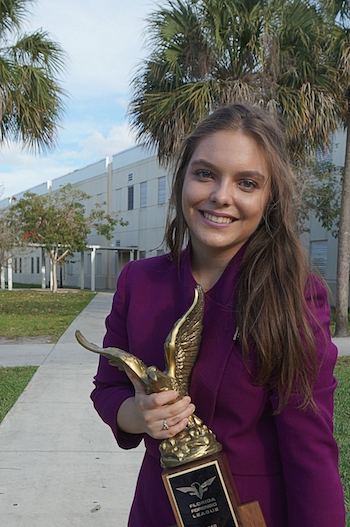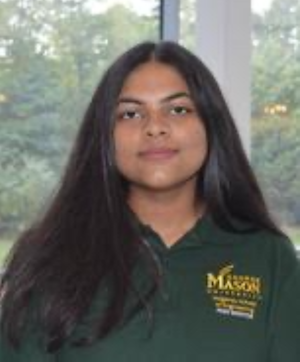In This Story
Illegal goods can have deadly consequences. Whether it’s a counterfeit face mask that doesn’t provide a frontline worker adequate protection from COVID-19, or a counterfeit pill laced with fentanyl (a synthetic painkiller 50-100 times more potent than morphine), millions of lives can be at risk.
A multidisciplinary team of researchers and students at George Mason University is working to stop such criminal activity. Thanks to a nearly $650,000 grant from the National Science Foundation (NSF)—and a $16,000 grant supplement awarded to two undergraduates on the team—they will be investigating how to disrupt illicit supply chains, influence policy, and ultimately save lives.
“We’re dealing with problems that challenge the health of the American population in serious ways,” said Schar School professor Louise Shelley, who is spearheading the five-year project with Professor Edward Huang. “We need advanced data analytics to break these problems where the trade is on such a massive scale.”
Counterfeit personal protective equipment is part of the reason governments around the world have struggled to control the pandemic, Shelley said, adding that more than 38 million counterfeit masks have been confiscated in the United States. Huang said most deaths from opioids are related to fentanyl and online opioid sales. According to the Centers for Disease Control and Prevention, accidental drug overdoses kill significantly more people than COVID-19 among those ages 25-44.
“We want to find artificial intelligence tools and data analytics tools to figure out how can we address these problems,” said Huang, an expert on supply chain network design in the Volgenau School of Engineering. “How can we prevent them from entering our markets so we can protect our citizens?”
Answering those questions takes investigative work to research social networks, money-flow relationships, how goods are shipped, and other aspects. Mason’s team is analyzing these findings, with additional data and collaboration from government and businesses, to understand and model the illicit supply chain networks.
Their research will move solutions forward, as they figure out how to effectively disrupt the illegal activity.
In March, Shelley testified before Congress on their findings on their first joint NSF project, which Huang said could help determine what kinds of policies to implement to deter the crimes.
“This project is so important and will advance our national ability to counter malicious activity in the cyberworld,” said junior cybersecurity engineering major Ahna Mohiuddin, who will support the project with data collection and analysis. “It means a lot to me to contribute.”
“What the research opportunity struck for me was how it deals hands-on with the dark web, counterterrorist groups and looking into illicit networking when it comes to medicine,” said Juliette Reyes, a freshman studying government and international politics and conflict analysis and resolution. “We hear a lot about abstract ideas of counterfeit drugs, and the FDA having these problems, so I’m interested in understanding the inner-workings of these networks.”
In addition to helping solve global problems, the two undergraduates who are starting on the project this summer, and post-doctoral researcher Layla Hashemi, will be at the forefront of their fields in no time, Shelley said, as they embark on a new field of interdisciplinary research NSF has never done before.
“Mason is an absolute pioneer in this area,” Shelley said, adding that it’s one of the only institutions doing this kind of integrative thinking on illicit supply chains.
The project would be impossible, Huang and Shelley agreed, without diverse expertise from across the university coming together, and the collaboration of outside partners, such as government and businesses.
“Without a whole of society approach, you can’t understand how these supply chains work because everybody sees a piece of the puzzle and nobody sees the whole,” Shelley said.
“[Our project] shows how the most advanced data analytics can be advantageous to the problems that threaten society,” she said. “Some of the great advances in science are made when you put theory, practice and experimentation together—that’s what we’re doing here.”



